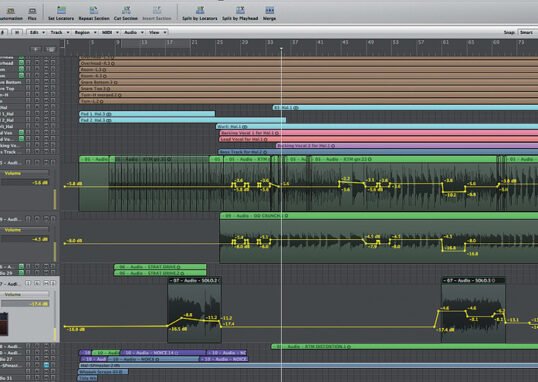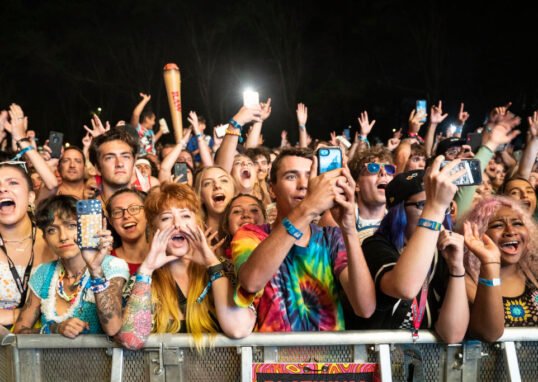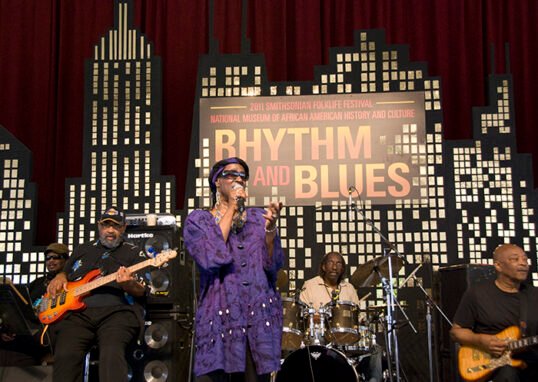
Rock music has always been a dynamic genre, known for its ability to evolve and integrate elements from other musical styles. Over the decades, rock music genres have intersected with various music styles, creating unique and innovative sounds that have influenced both the rock genre and the broader musical landscape. This article explores how rock music genres blend with other styles and how these intersections have shaped the evolution of rock music.
The Birth of Rock and Roll: Roots and Influences
Early Influences
The origins of rock music can be traced back to the late 1940s and early 1950s when rock and roll emerged from a blend of rhythm and blues, country, and gospel. Early rock artists like Elvis Presley and Chuck Berry incorporated elements of blues and jazz into their music, setting the stage for the genre’s future evolution. This blend of styles created a new, energetic sound that resonated with a broad audience and laid the foundation for future genre intersections.

The Birth of Rockabilly
One of the first significant intersections of rock music with other genres was the development of rockabilly. Combining rock and roll with country influences, rockabilly artists like Carl Perkins and Johnny Cash introduced a distinct style characterized by its energetic guitar riffs and upbeat rhythms. This early fusion of genres helped establish rock music’s versatility and its ability to adapt to different musical influences.
The 1960s: Psychedelic Rock and Beyond
The Psychedelic Movement
The 1960s witnessed a significant intersection between rock music and other genres, particularly through the psychedelic rock movement. Bands like The Beatles and The Doors experimented with psychedelic sounds, incorporating elements of Indian music, avant-garde, and electronic effects into their work. This fusion created a new, experimental sound that expanded the possibilities of rock music and influenced many future genres.
The Rise of Folk Rock
Another notable intersection in the 1960s was the emergence of folk rock. Artists like Bob Dylan and The Byrds combined traditional folk music with rock instrumentation and sensibilities. This genre blending brought folk music’s lyrical depth into the rock sphere, leading to the creation of songs that addressed social and political issues with a rock edge.
The 1970s: The Birth of Subgenres
Progressive Rock
The 1970s saw the rise of progressive rock, a genre that blended rock with elements of classical music and jazz. Bands like Yes and Genesis incorporated complex time signatures, symphonic arrangements, and elaborate concept albums into their music. This intersection of rock with classical and jazz influences created a sophisticated sound that appealed to both rock fans and enthusiasts of other genres.
Heavy Metal and Hard Rock
Heavy metal and hard rock emerged in the 1970s as genres that intersected rock with elements of blues and, in metal’s case, a more intense sound. Bands like Led Zeppelin and Black Sabbath pushed the boundaries of rock music, introducing heavier guitar riffs, powerful vocals, and themes of darkness and rebellion. This blending of rock with blues and a heavier sound helped establish metal as a prominent subgenre.
The 1980s and 1990s: Alternative Rock and Beyond
New Wave and Synth-Pop
In the 1980s, rock music intersected with electronic and pop genres, leading to the rise of new wave and synth-pop. Bands like Duran Duran and Depeche Mode incorporated synthesizers and electronic beats into their rock music, creating a fresh, danceable sound that was both innovative and commercially successful. This fusion of rock with electronic elements represented a significant shift in the genre’s sound.
Grunge and Alternative Rock
The 1990s saw the emergence of grunge and alternative rock, genres that blended rock with punk, indie, and other influences. Bands like Nirvana and Radiohead incorporated elements of punk’s rawness and indie’s experimentalism into their music. This intersection of styles created a diverse and influential sound that defined the decade and continued to influence rock music in the following years.
The 2000s to Present: Genre Blending and Innovation
Post-Rock and Experimental Rock
In the 2000s, rock music continued to intersect with various styles, leading to the development of post-rock and experimental rock. Bands like Explosions in the Sky and Mogwai incorporated elements of ambient, electronic, and classical music into their rock compositions. This genre blending created expansive, atmospheric sounds that challenged traditional rock structures and explored new musical territories.
Modern Rock and Electronic Fusion
Today, rock music continues to evolve through its intersections with electronic and hip-hop genres. Artists like Imagine Dragons and Linkin Park have integrated electronic beats, rap elements, and other modern influences into their rock music. This ongoing fusion of rock with contemporary genres reflects the genre’s adaptability and its ability to remain relevant in the digital age.
Conclusion
The intersection of rock music with other genres has been a defining characteristic of its evolution. From its early roots in rhythm and blues to its modern fusion with electronic and hip-hop, rock music has continually adapted and incorporated diverse musical influences. This dynamic blending of styles has not only shaped the genre’s development but also ensured its ongoing relevance in the ever-changing musical landscape. As rock music continues to evolve, its intersections with other genres will undoubtedly keep driving its innovation and influence.






